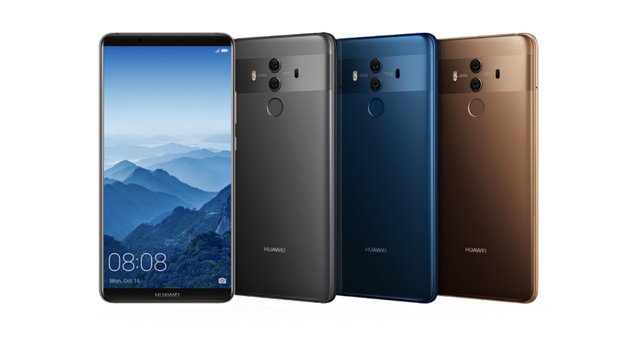I typically use an iPhone X as my personal smartphone. I’ve flipped and flopped over the years between iOS and Android, but Apple’s products always stood out as the better choice for me. I don’t say this to get all fanboyish over the iPhone. It has its own set of flaws, but what makes it the phone of choice…

Atlas is an action-rpg with rogue-like elements where you use your ability to control the ground to fight the enemies and move through procedurally generated worlds.










